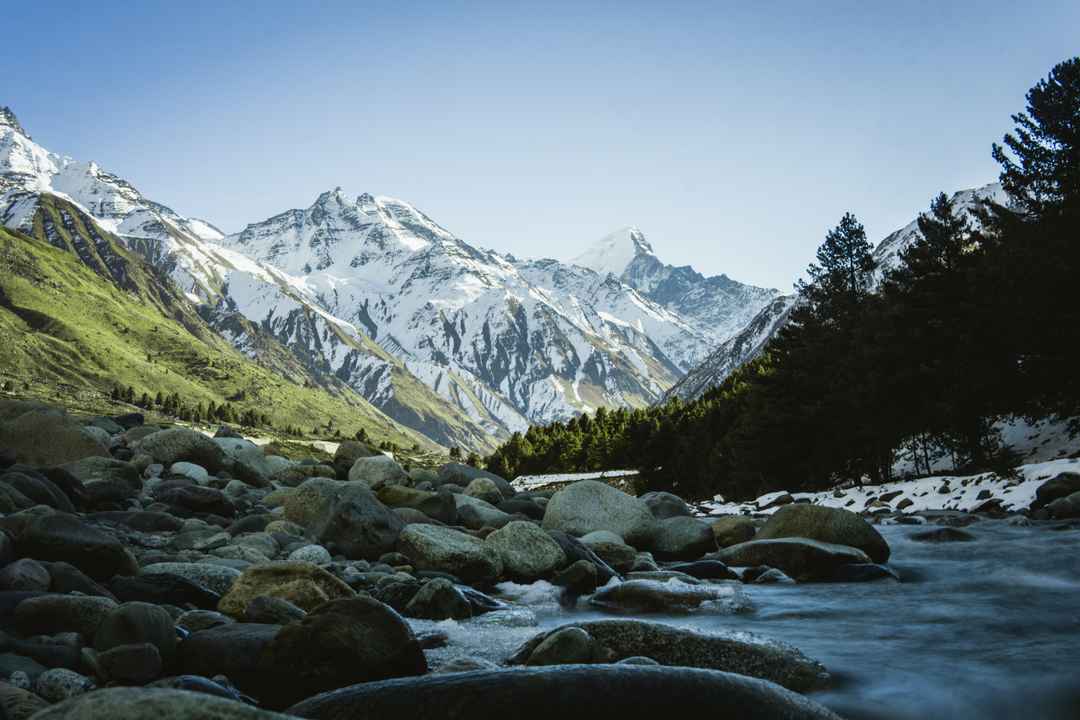
Global warming: Himalaya foothills still not chilly
Don't Miss
SNS, SILIGURI, 1 DECEMBER 2023 : Though the hills of the Himalayan ranges are experiencing cold climates, the foothills of Himalayas are yet to receive the feeling of it in December.
"If we go five years back the situation was not like that and if it was in late 90's we had sweet experiences of winter climates in late November even in foothills of Himalayas," said Dr Bhaskar Chakraborty, Associate Professor & Head Department of Chemistry, Nar Bahadur Bhandari Government College in Gangtok.
Dr Chakraborty, who has been studying on the subject said: Burning fossil fuels, cutting down forests and farming livestock are increasingly influencing the climate and the earth's temperature. This adds enormous amounts of greenhouse gases to those naturally occurring in the atmosphere, increasing the greenhouse effect and global warming. The main driver of climate change is the "Greenhouse effect". Some gases in the Earth's atmosphere act a bit like the glass in a greenhouse, trapping the sun's heat and stopping it from leaking back into space and causing global warming."
According to Dr Chakraborty, "Trees help to regulate the climate by absorbing CO2 from the atmosphere. When they are cut down, that beneficial effect is lost and the carbon stored in the trees is released into the atmosphere, adding to the greenhouse effect. Many of these greenhouse gases occur naturally, but human activities are increasing the concentrations of some of them in the atmosphere."
"CO2 produced by human activities is the largest contributor to global warming. By 2020, its concentration in the atmosphere had risen to 48 percent above its preindustrial level (before 1750).
Other greenhouse gases are emitted by human activities in smaller quantities. Methane is a more powerful greenhouse gas than CO2, but has a shorter atmospheric lifetime. Nitrous oxide, like CO2, is a long-lived greenhouse gas that accumulates in the atmosphere over decades to centuries. Non-greenhouse gas pollutants, including aerosols like soot, have non-greenhouse gas pollutants, including aerosols like soot, have different warming and cooling effects and are also associated with other issues such as poor air quality,"
Dr Chakraborty claimed, adding, Natural causes, such as changes in solar radiation or volcanic activity are estimated to have contributed less than plus or minus 0.1°C to total warming between 1890 and 2010.
If we don't take appropriate steps now, we would experience, for example, an alarming rise in sea level, exposing 69 million people to disasters like flooding in coastal areas. The biodiversity loss we would stiffer through an increase of 1.5°C would be catastrophic, but if the rise were to be in the order of 2°C, the problem would be completely irreversible due to the disappearance of plant, animal and insect species. including the death of practically all coral reefs, he said.
According to him, many of our planet's ecosystems are at risk of radical changes which will kill off their natural biomes. With an increase in the global temperature of the planet of 2°C, some 13 per cent of land, from tundra to forests, would suffer these changes, signifying irrevocable imbalances in their flora and fauna. If the increase is in the order of 1.5°C, the reduction of land area would be down to 4 per cent.
Also, the higher the temperature, the bigger the impact on the Arctic permafrost, 35 to 47 percent of which would melt with a rise of 2°C, down to 21 percent if the rise in the global temperature we suffer is 1.5°C.
To try to keep global warming to 1.5°C in the long term, the world will have to reduce CO2 emissions by 45 percent by 2030, with respect to 2010, and reach zero net emissions (carbon neutrality) by 2050.



0 Response to "Global warming: Himalaya foothills still not chilly"
Post a Comment
Disclaimer Note:
The views expressed in the articles published here are solely those of the author and do not necessarily reflect the official policy, position, or perspective of Kalimpong News or KalimNews. Kalimpong News and KalimNews disclaim all liability for the published or posted articles, news, and information and assume no responsibility for the accuracy or validity of the content.
Kalimpong News is a non-profit online news platform managed by KalimNews and operated under the Kalimpong Press Club.
Comment Policy:
We encourage respectful and constructive discussions. Please ensure decency while commenting and register with your email ID to participate.
Note: only a member of this blog may post a comment.